Judith and Holofernes
Judith and Holofernes
From a Medici commission to the symbol of Florentine Repubblic
From a Medici commission to the symbol of Florentine Repubblic
The XV century statue "Judith and Holofernes" was commissioned by Cosimo the Elder to Donatello for the courtyard of Palazzo Medici. When the Medici family was exiled in 1494 Florentine population sacked the palace and moved the statue in front of the Priors Palace, the actual Palazzo Vecchio. It became the symbol of a city released by the enemy.
Judith was a rich Jewish widow: she encouraged her population to react against Holofernes, the Babylonian general who submitted them. Judith entered inside Holofernes' tent, she appearently seduced him, he get drunk and she could decapitated this terrible monster.
For this reason, even Artemisia Gentileschi, portrayed this scene many times: a woman usually didn't rebel to a man. Artemisia grew up with Orazio, his father and a famous painter from Pisa. His daughter became a renowned and appreciated paintress too very soon. For the desire of Orazio, Artemisa and Agostino Tassi, his friend, worked together but a terrible event completely changed the life of a woman who was only eighteen years old when Agostino ravished her (1611). That's why Artemisia painted many times this subject: there are two representations in Florence of "Judith and Holofernes" by Artemisia; in the Uffizi Gallery and in Palazzo Pitti but you can find others in different Italian cities. The victory of a woman over injustice and violence she suffered, have been expressed through painting.
Judith was a rich Jewish widow: she encouraged her population to react against Holofernes, the Babylonian general who submitted them. Judith entered inside Holofernes' tent, she appearently seduced him, he get drunk and she could decapitated this terrible monster.
For this reason, even Artemisia Gentileschi, portrayed this scene many times: a woman usually didn't rebel to a man. Artemisia grew up with Orazio, his father and a famous painter from Pisa. His daughter became a renowned and appreciated paintress too very soon. For the desire of Orazio, Artemisa and Agostino Tassi, his friend, worked together but a terrible event completely changed the life of a woman who was only eighteen years old when Agostino ravished her (1611). That's why Artemisia painted many times this subject: there are two representations in Florence of "Judith and Holofernes" by Artemisia; in the Uffizi Gallery and in Palazzo Pitti but you can find others in different Italian cities. The victory of a woman over injustice and violence she suffered, have been expressed through painting.
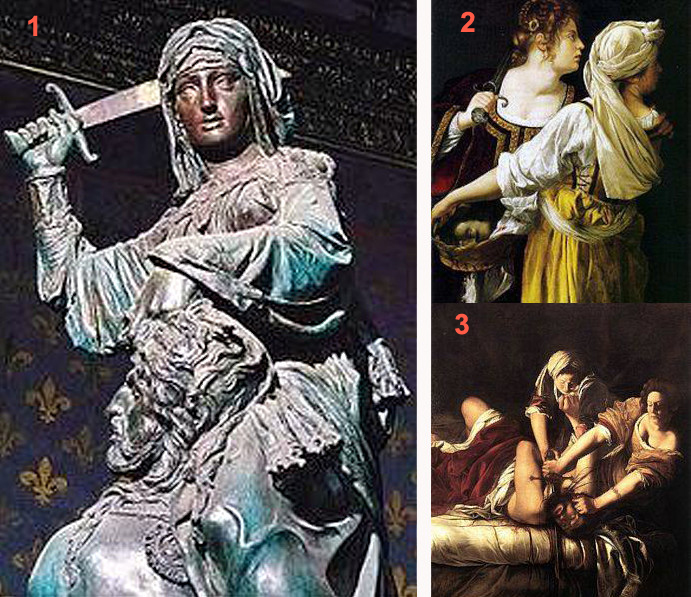
(1)Judith and Holofernes by Donatello in Palazzo Vecchio.
The same subject painted by Artemisia Gentileschi in the Palazzo Pitti (2) and in Uffizi Gallery (3)
Altri articoli
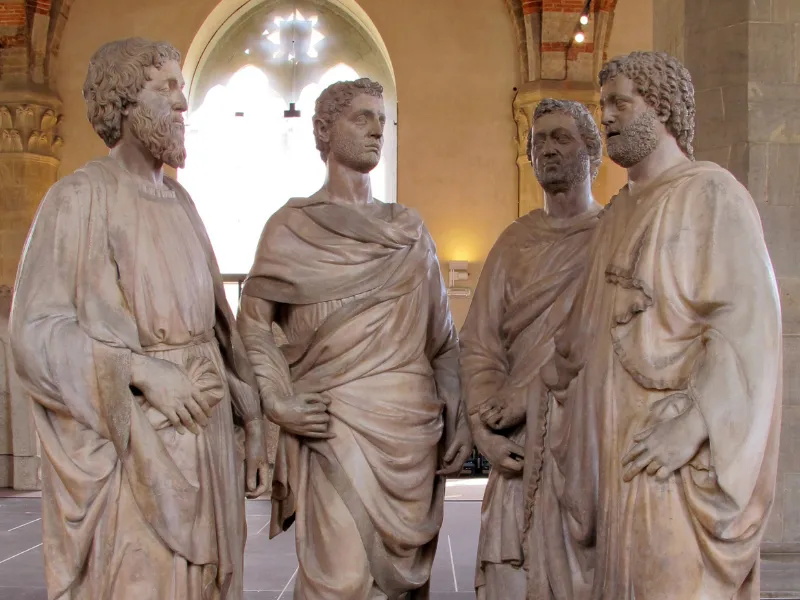
A museum inside e church
The museum completes inside one of the most unusual churches of Florence even for its shape.
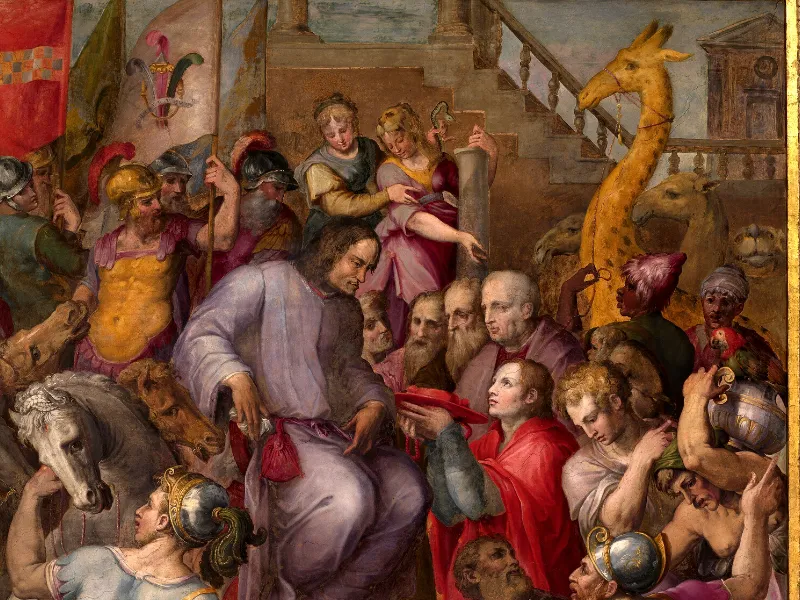
A giraffe in Palazzo Vecchio
The animal was a gift the Egyptian sultan offered to Lorenzo in 1487 to obtain his support.
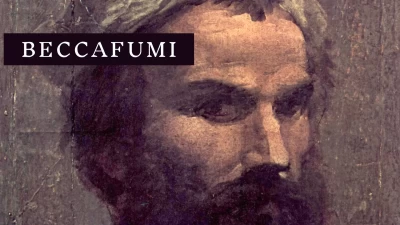
Domenico di Jacopo di Pace, Beccafumi
Influenced by Florentine culture, he studied in Rome from 1510 to 1512, where he was inspired by Michelangelo and Raphael.
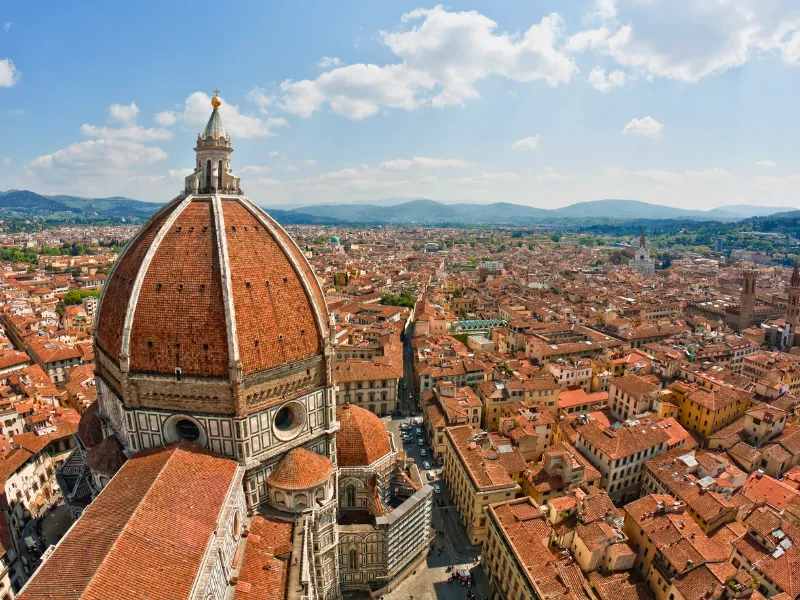
Florence Cathedral
With its majestic Renaissance architecture, proudly stands at the heart of the city.

